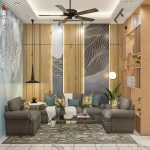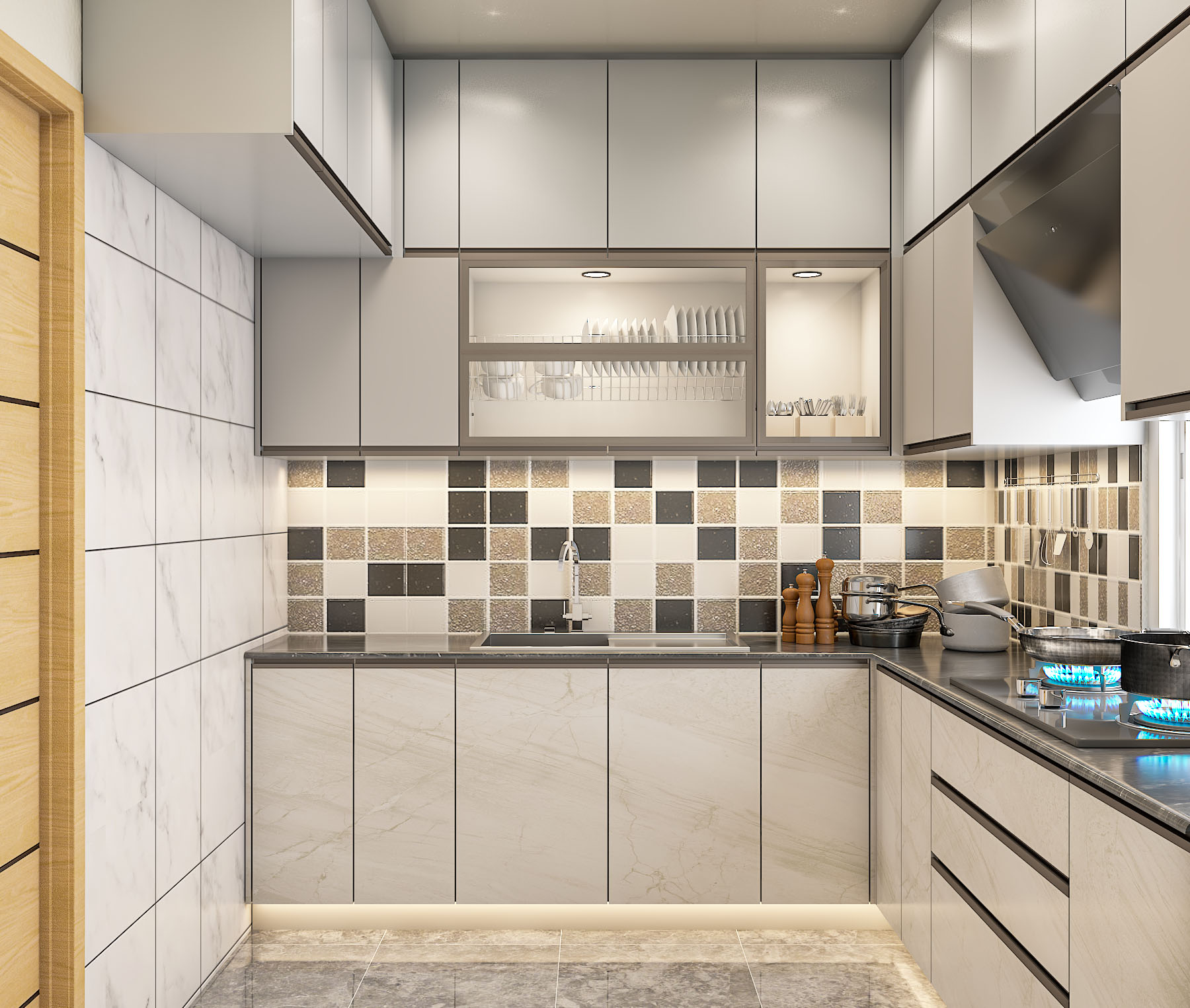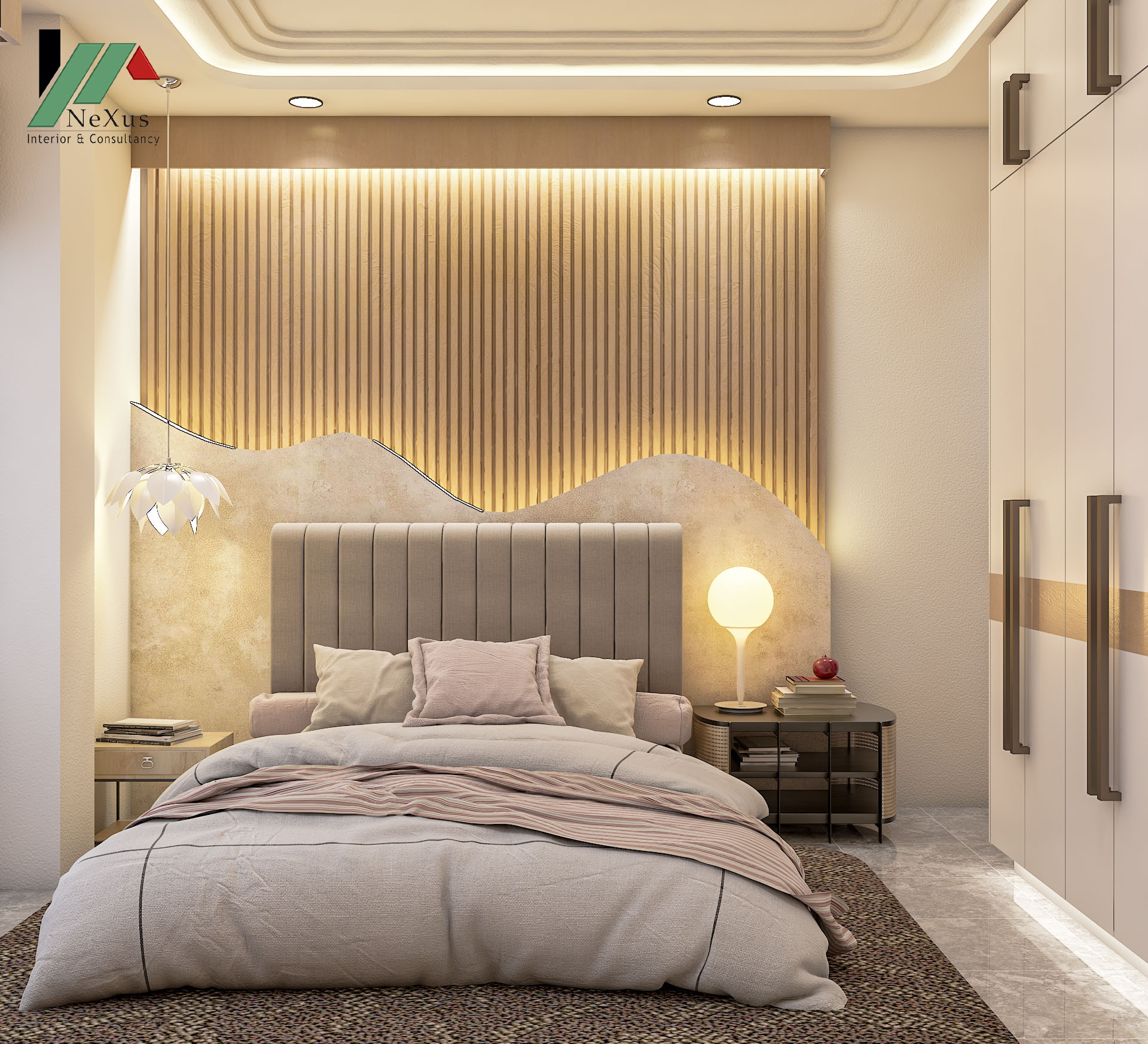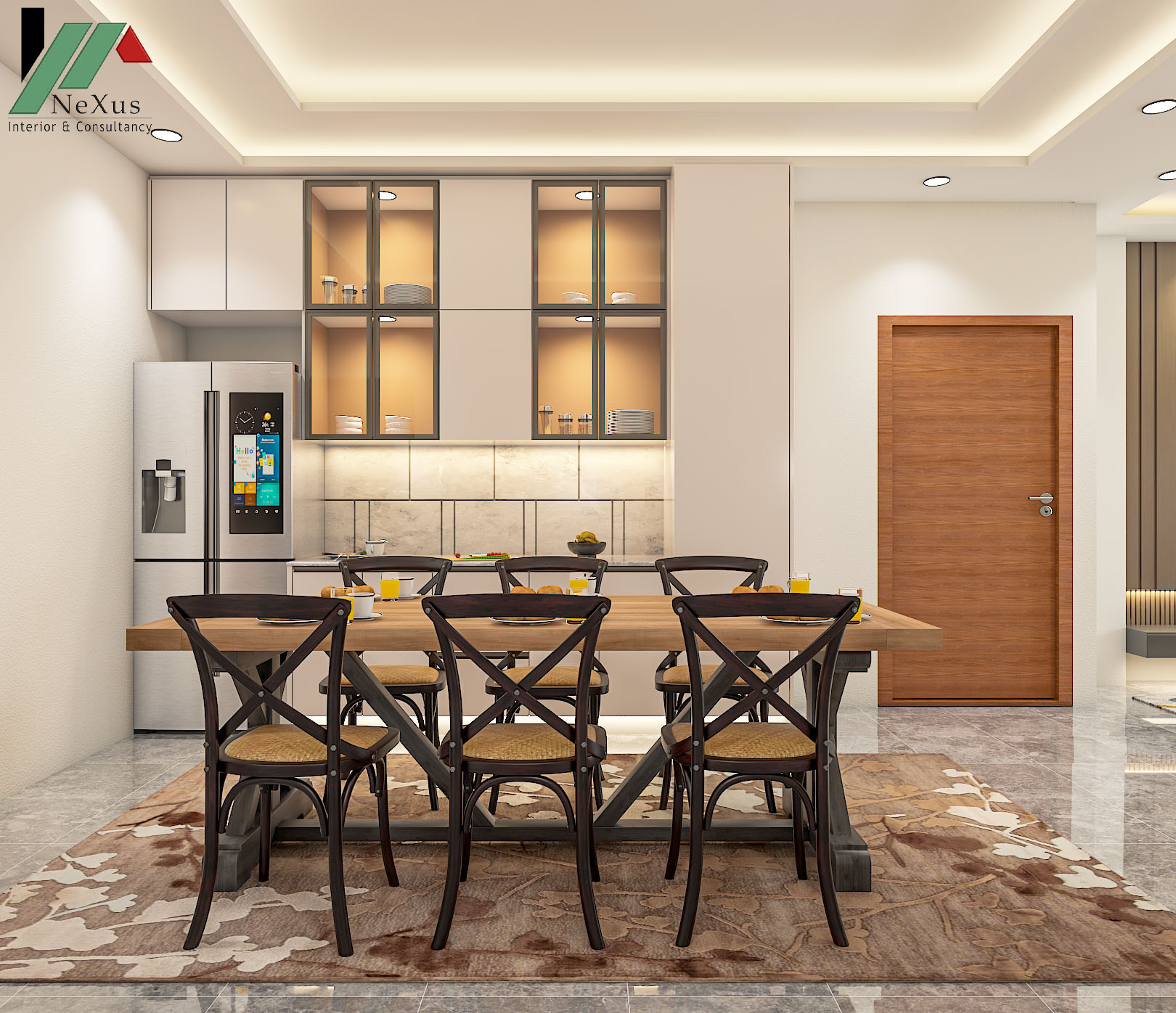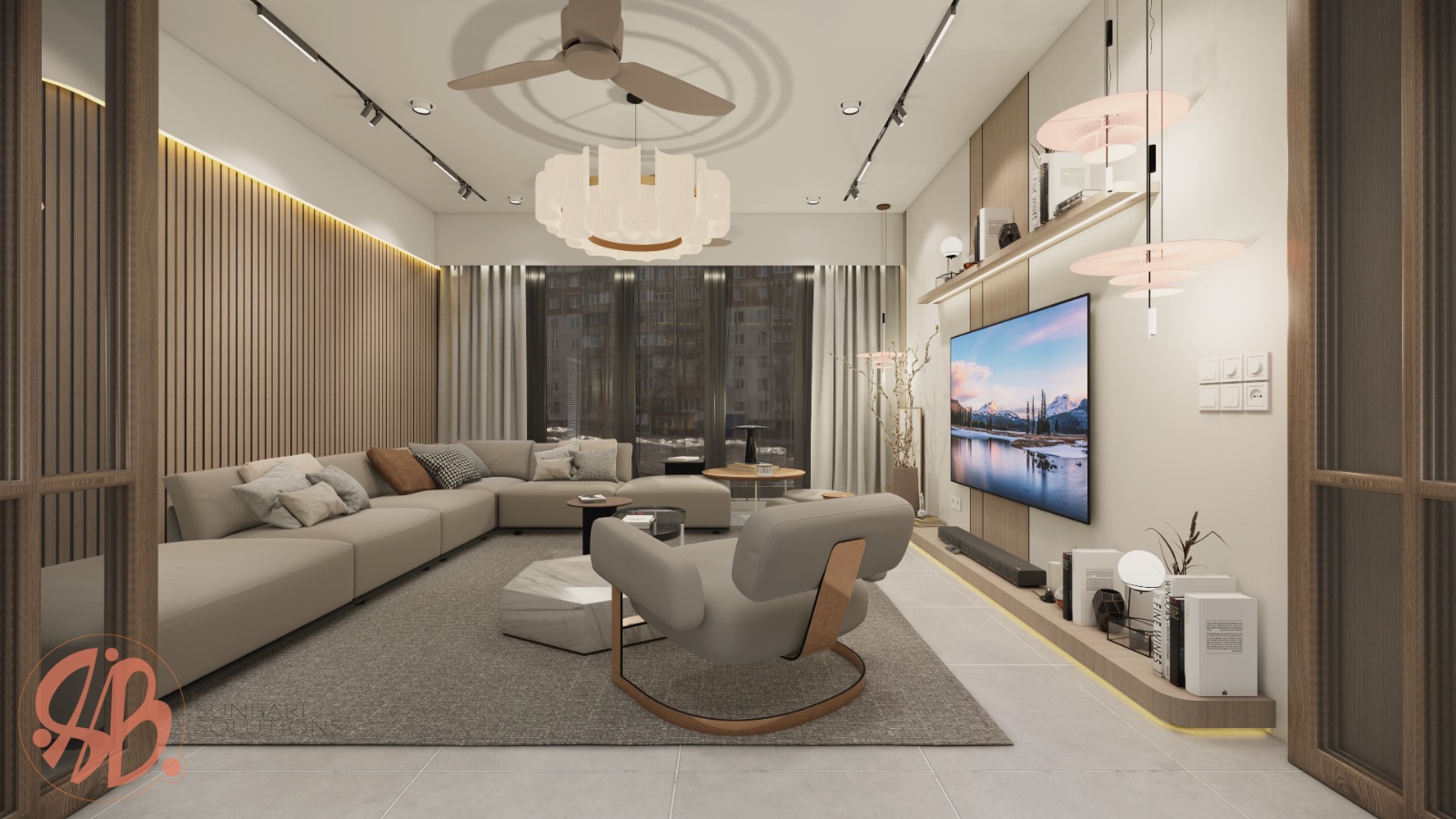
Smart Home Design: Integrating Technology into Interiors
In today’s fast-paced world, technology has become an integral part of our lives, reshaping how we interact with our homes. Smart home design is no longer a futuristic concept; it is a present-day reality that combines convenience, efficiency, and innovation. By seamlessly integrating technology into interiors, homeowners can create spaces that are not only aesthetically pleasing but also highly functional and adaptive to their needs. In this blog, we explore the various aspects of smart home design and how to incorporate it into your interiors.
The Benefits of Smart Home Design
- Convenience: Automating routine tasks such as adjusting lighting, setting temperatures, or managing security systems allows for effortless living.
- Energy Efficiency: Smart devices, like thermostats and lighting systems, optimize energy usage, reducing waste and lowering utility bills.
- Enhanced Security: Integrated security systems with cameras, motion sensors, and smart locks provide real-time monitoring and control, even when you’re away.
- Personalization: Tailor your home environment to your preferences with customizable settings for lighting, sound, and temperature.
- Future-Proofing: Smart homes are adaptable, making it easier to upgrade technology as new innovations emerge.
Key Elements of Smart Home Design
1. Smart Lighting
Smart lighting systems allow you to control brightness, color, and scheduling through voice commands or smartphone apps. Options like motion-activated lights and mood-setting features make these systems both practical and luxurious. Integrating recessed lighting, LED strips, or pendant fixtures with smart controls ensures that functionality meets style.
2. Automated Climate Control
Smart thermostats learn your routine and adjust temperatures accordingly. Features like remote control, zone heating/cooling, and energy usage tracking make them a must-have for modern interiors. Consider incorporating discreet vents and controls that blend seamlessly into your decor.
3. Intelligent Security Systems
From video doorbells to smart locks and AI-powered cameras, modern security systems integrate easily into interiors. Design tips include hiding wiring, using stylish casing for devices, and integrating screens into walls or cabinetry for a clean look.
4. Voice-Activated Assistants
Voice-controlled devices such as Amazon Alexa, Google Assistant, or Apple’s Siri can manage various smart systems in your home. Strategically placing these devices in common areas ensures seamless functionality without disrupting the design flow.
5. Smart Appliances
Refrigerators that track inventory, ovens you can preheat remotely, and washing machines with automated cycles are just some examples of smart appliances. Custom cabinetry can help integrate these devices into your kitchen and laundry spaces without compromising on aesthetics.
6. Home Entertainment
Smart TVs, sound systems, and streaming devices create an immersive entertainment experience. Concealing wiring, mounting TVs flush with walls, or integrating speakers into furniture can maintain a sleek and sophisticated look.
7. Automated Window Treatments
Motorized blinds and curtains can be programmed to open and close based on the time of day, temperature, or light levels. Choose materials and designs that complement your overall interior theme.
Design Tips for Seamless Integration
- Concealment: Use built-in panels, recessed fixtures, and hidden compartments to keep devices out of sight.
- Neutral Aesthetics: Opt for smart devices with minimalist designs that blend with various interior styles.
- Centralized Control: Design a dedicated hub or control center, such as a tablet dock or wall-mounted interface, for managing all systems.
- Wireless Solutions: Embrace wireless technologies to reduce the need for extensive cabling and maintain a clean look.
- Focus on Layout: Plan furniture and device placement during the initial design phase to ensure harmony between technology and decor.
Challenges and How to Overcome Them
- Compatibility: Ensure that all devices are compatible and can communicate seamlessly. Using ecosystems like Google Home or Apple HomeKit can simplify this.
- Aesthetics: Balance technology with design by choosing products that complement your style. Consider custom-built solutions for an integrated look.
- Budget: Start small and expand as needed. Prioritize essential systems like lighting and security before adding luxury features.
- Learning Curve: Some smart systems can be complex initially. Opt for user-friendly devices and invest time in understanding their functionalities.
Future Trends in Smart Home Design
- AI-Powered Personalization: Systems that learn and adapt to your habits for even greater convenience.
- Sustainability Focus: More eco-friendly smart devices designed to minimize energy consumption.
- Integration with Augmented Reality (AR): Visualize and control home settings through AR interfaces.
- Health Monitoring: Smart beds, air purifiers, and other devices focused on improving well-being.
Conclusion
Smart home design is revolutionizing the way we live, offering unparalleled convenience, efficiency, and elegance. By integrating technology thoughtfully into interiors, you can create a home that not only looks stunning but also adapts to your lifestyle. Whether you’re renovating or building from scratch, partnering with a professional interior design firm ensures that your smart home vision comes to life seamlessly.
Ready to start your smart home journey? Contact us today to explore how we can help integrate cutting-edge technology into your dream interiors!


